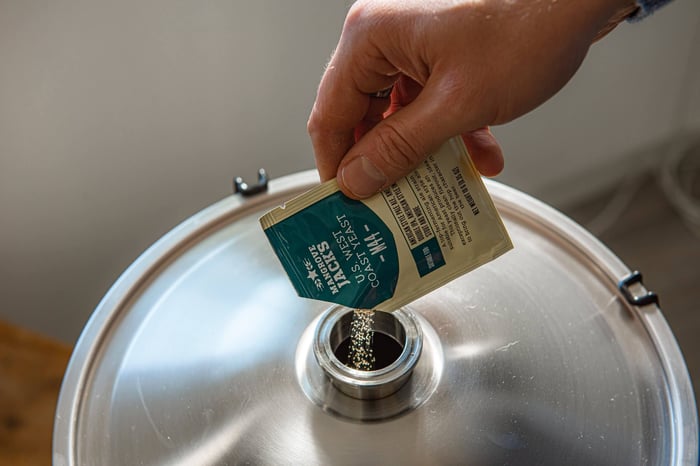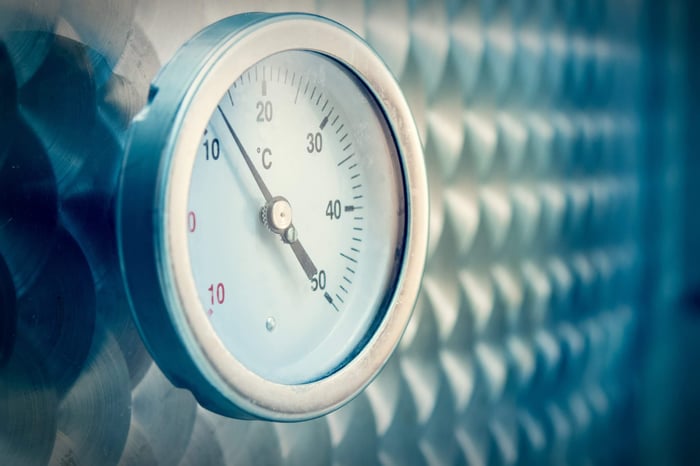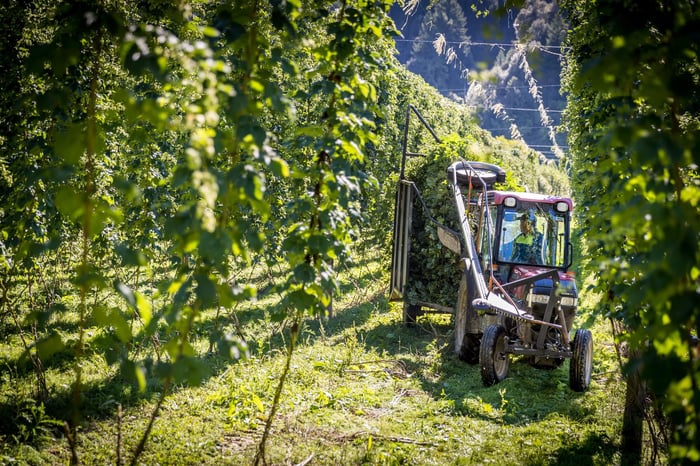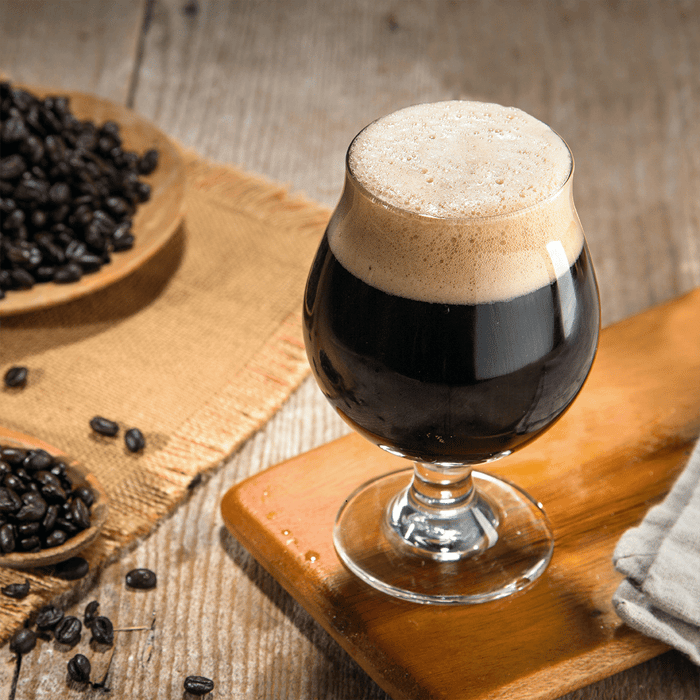You know that moment when you crack open a homebrew and think, "This is exactly what I was aiming for"? Nine times out of ten, that success comes down to one crucial decision – your yeast choice. We've mentioned this plenty of times before, but it's worth emphasising again: brewers create wort, but yeast creates beer. Getting this partnership right is what separates good brewing from great brewing.
The Foundation: Understanding Yeast Types
Let's establish the groundwork with the two primary yeast families that drive modern brewing: Saccharomyces cerevisiae (ale yeast) and Saccharomyces pastorianus (lager yeast). Each brings distinct characteristics that will fundamentally shape your finished beer.
Ale yeasts are the enthusiastic performers of the yeast world. Operating comfortably at 18-22°C, these top-fermenting strains create the fruity complexity found in everything from pale ales to porters. They're also alcohol-tolerant, making them suitable for stronger beer styles. Their relatively quick fermentation makes them ideal for brewers eager to taste their creations.
Lager yeasts take a more methodical approach. Working at cooler temperatures (8-15°C), these bottom-fermenting strains methodically process wort sugars to create the clean, crisp profiles associated with pilsners and traditional lagers. They require more patience but reward brewers with exceptional clarity and balance.
Flavour Development Through Fermentation Science
Understanding Ester Production
Esters contribute those delightful fruity and floral characteristics that enhance beer complexity. However, managing ester levels requires understanding the factors that influence their formation during fermentation.
Wort oxygenation directly impact ester formation. Increased oxygen availability reduces ester production, whilst insufficient oxygenation can lead to excessive fruitiness that overwhelms other flavours.
Temperature management proves equally critical. New Zealand's variable climate means paying extra attention to fermentation conditions, particularly during warmer months when temperature control becomes challenging. Higher fermentation temperatures increase ester production, which might work for some Belgian styles but could ruin a clean pale ale.
Original gravity also influences ester levels. Higher alcohol beers naturally produce more esters, which explains why imperial stouts and barley wines require careful fermentation management to maintain style integrity.
Managing Carbonyl Compounds Effectively
Carbonyl compounds significantly impact beer flavour, with acetaldehyde and diacetyl being the most relevant for homebrewers. Understanding these compounds helps prevent common off-flavours that can ruin otherwise excellent beer.
Acetaldehyde creates harsh, green apple flavours when present in excessive amounts. This compound forms during yeast growth phases but typically diminishes as fermentation progresses. Patience becomes crucial here – removing beer from yeast contact too early prevents complete acetaldehyde cleanup.
Diacetyl presents another challenge, particularly for lager brewing. This compound imparts butterscotch flavours that may be acceptable in small amounts for certain ale styles but are generally unwelcome in lagers.
Phenolic Character Considerations
Phenolic compounds can enhance or detract from beer quality depending on the target style. Some yeast strains produce desirable phenolic characteristics – think clove notes in German wheat beers or the complex spice character in Belgian ales. Other strains minimize phenolic production for cleaner flavour profiles.
Water chemistry plays a significant role in phenolic formation. High chlorine levels can create medicinal, bandage-like flavours through chlorophenol formation. Given New Zealand's generally good water quality, this is less of a concern, but urban brewers should still consider water treatment options for optimal brewing.
Strategic Yeast Selection Process
Successful yeast selection requires matching strain characteristics with your brewing goals. Start by considering these key factors:
What beer style are you targeting, and which strains are traditionally associated with that style? What flavour contribution do you want from the yeast? Do you have adequate temperature control for the chosen strain? Will the yeast handle your recipe's alcohol requirements?
New Zealand's brewing scene has embraced both traditional styles and innovative approaches. This means you might choose a classic English ale yeast for a traditional bitter, or experiment with Belgian strains for unique interpretations of local ingredients.
Practical Application Tips
Consider your brewing environment when selecting yeast. New Zealand's climate can be challenging for temperature-sensitive strains, particularly during summer months. Plan accordingly with proper fermentation temperature control or choose more tolerant strains during warmer periods.
Local ingredients can influence yeast selection too. New Zealand hops often bring intense flavour profiles that work beautifully with neutral ale strains, allowing hop character to dominate. Alternatively, if you're using local honey or fruit, consider how yeast character will complement these additions.
Building Your Brewing Knowledge
The best way to understand yeast is through experimentation. Start with reliable strains for your preferred styles, then gradually expand your repertoire.
Document your experiences with different yeasts. Note how they perform under your specific conditions, what flavours they contribute, and how they handle your typical recipes. This personal database becomes invaluable for future brewing decisions.
We'd love to hear about your yeast experiences! Which strains have worked well in your setup? Have you discovered any interesting combinations with local ingredients? Share your insights – we're always keen to learn from fellow brewers.
Ready to expand your yeast library? Check out Grainfather New Zealand store for quality yeast strains and fermentation equipment suited to local brewing conditions.
Grainfather Team










